It looks like you're using an Ad Blocker.
Please white-list or disable AboveTopSecret.com in your ad-blocking tool.
Thank you.
Some features of ATS will be disabled while you continue to use an ad-blocker.
20
share:
Seeing Jupiter trail the rising moon in the east this month got me to reading a little about the Jovian system. ( Jupiter and its moons ) And more
specifically the Galileo mission to survey the system. Thought i'd share a thought provoking picture post with some links to follow for further
reading.
The Galileo Spacecraft was launched on October 18th, 1989. It took the Galileo 6 years to reach the Jovian system and much like its namesake achieved many firsts in the world of astronomy. After outliving its intended mission the Galileo was sent on a termination course that would hurl the craft at the giant gas planet's atmosphere at over 31 miles per second.
Here are 10 pictures that document the most important discoveries of the Galileo mission as compiled by those at NASA.

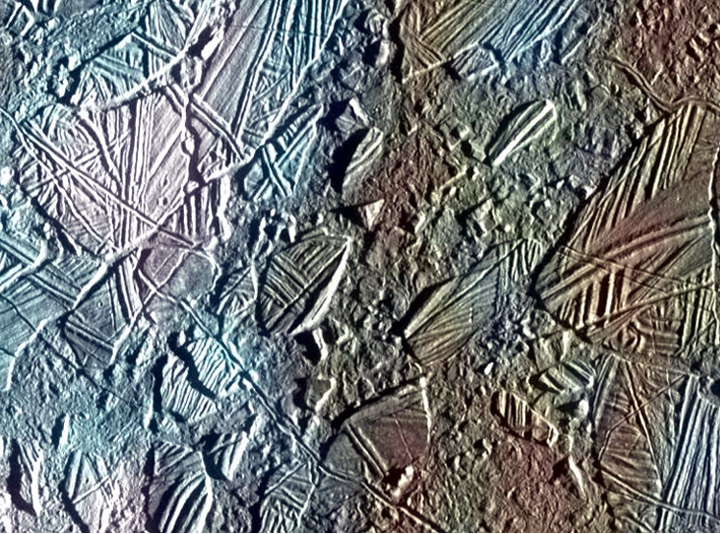

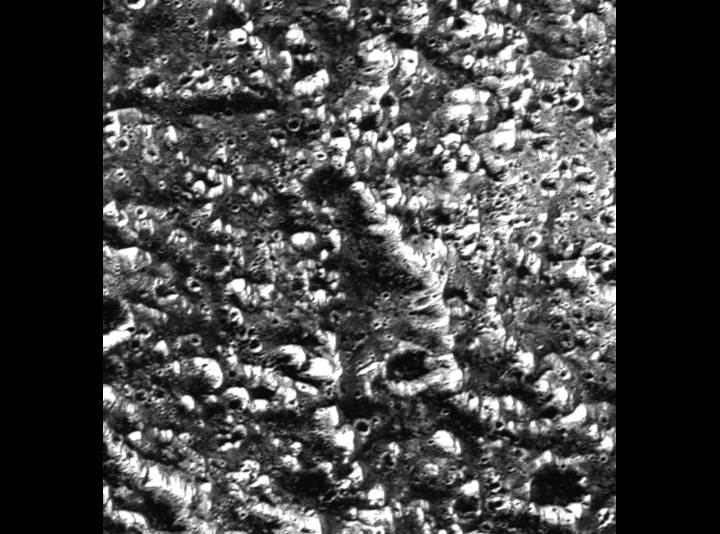


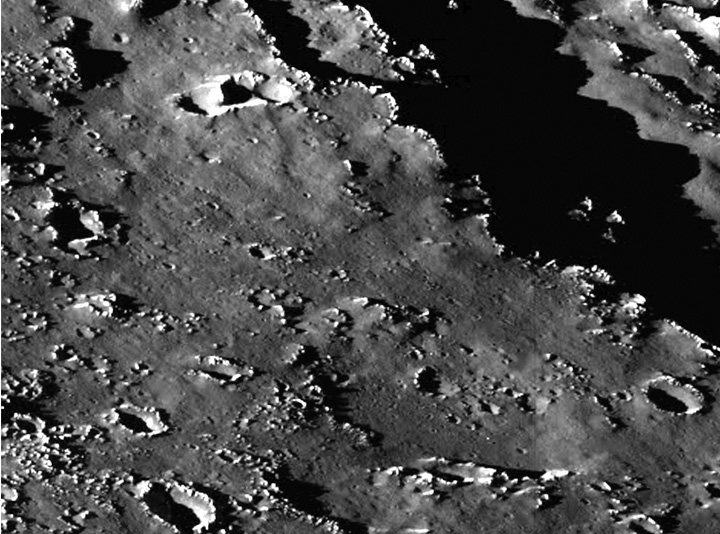
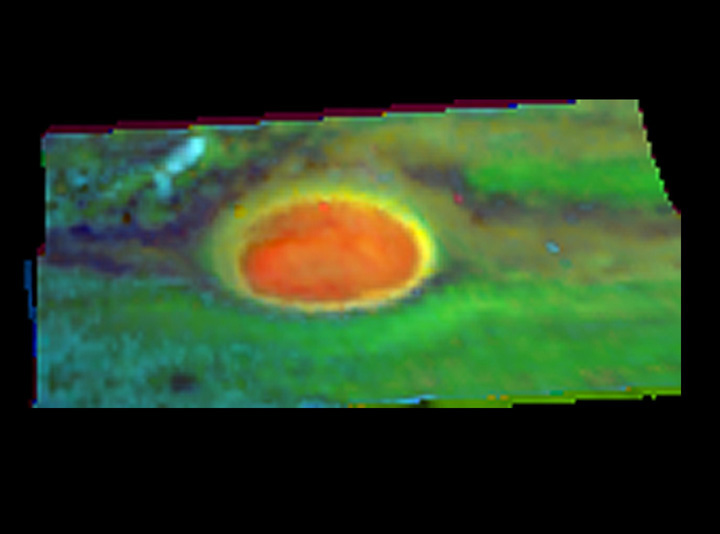
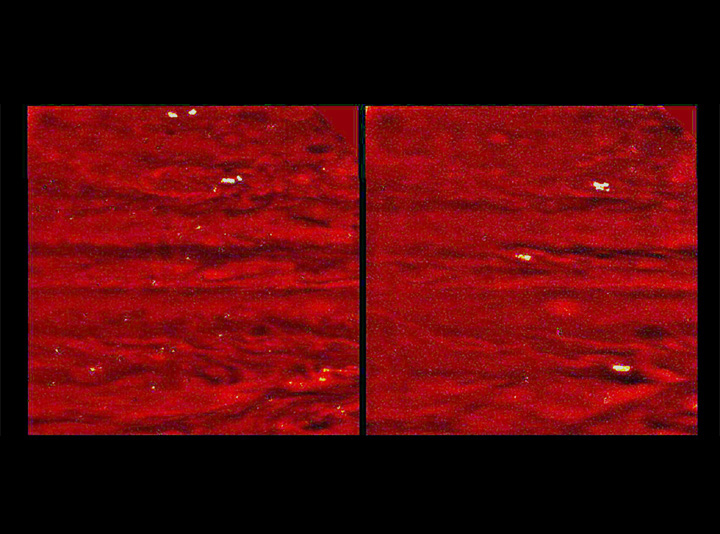
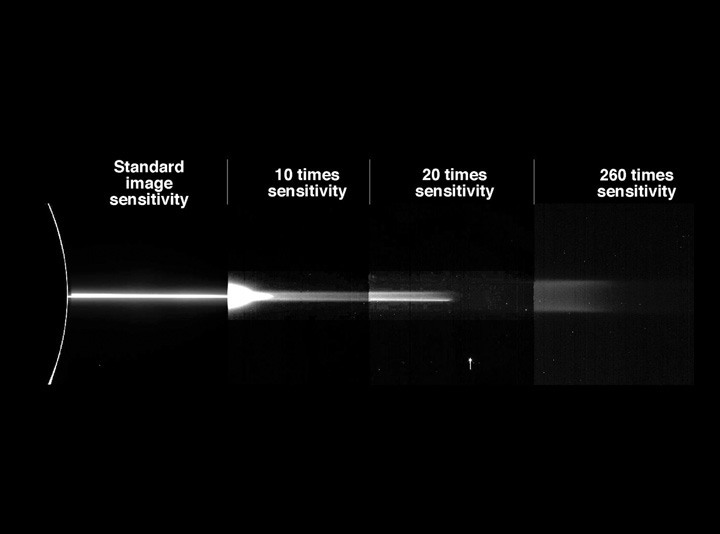
Hope you all geek out and enjoy this stuff as much as i do! Now get to marveling at the awe that is our reality!
The Galileo Spacecraft was launched on October 18th, 1989. It took the Galileo 6 years to reach the Jovian system and much like its namesake achieved many firsts in the world of astronomy. After outliving its intended mission the Galileo was sent on a termination course that would hurl the craft at the giant gas planet's atmosphere at over 31 miles per second.
Here are 10 pictures that document the most important discoveries of the Galileo mission as compiled by those at NASA.

This image of Europa and an enlargement of the Thrace region gives visual evidence of the dramatic advance in our knowledge of Jupiter's second Galilean satellite due to the Galileo mission.

The following image is a view of a small region of the thin, disrupted ice crust in the Conamara region...

This color picture is made from images taken from the Galileo spacecraft about 14 minutes before its closest approach to asteroid 243 Ida on August 28, 1993.

The ancient impact craters shown in this image of Jupiter's moon Ganymede are in an area called Galileo Regio.

The detection of very high temperature volcanism--hotter than any terrestrial lavas currently erupting...

These views of Jupiter's moon lo in the eclipse...

This mosaic of two images shows an area within the Valhalla region on Jupiter's moon Callisto….

The first discrete ammonia ice cloud positively identified on Jupiter….

These two images were taken 75 minutes apart and show lightning storms….

Jupiter's rings are seen in a mosaic of five images taken by the Solid State Imaging camera….
Hope you all geek out and enjoy this stuff as much as i do! Now get to marveling at the awe that is our reality!
edit on 24-12-2013 by
twistedlogic because: (no reason given)
reply to post by twistedlogic
Great read and beaut pics TL. New stuff for me to digest. Keep the posts coming.
Great read and beaut pics TL. New stuff for me to digest. Keep the posts coming.
i think between the Conamara region of Europa and the active Lava Flows? Just those are enough to fire the imagination and desire to understand more
about what..why..and how?
How did those formations get cut off so abruptly mid-lines? Why without damage to the formations being cut off? Oh..endless questions... If only I were living in an age where man's reach already extended to examine all this beyond long distance imagery.
Maybe my son's children will know that reality. We can hope.
Thanks for a cool share on this Xmas Eve!
How did those formations get cut off so abruptly mid-lines? Why without damage to the formations being cut off? Oh..endless questions... If only I were living in an age where man's reach already extended to examine all this beyond long distance imagery.
Maybe my son's children will know that reality. We can hope.
Thanks for a cool share on this Xmas Eve!
Great stuff - I would only add that all you need to see the Galilean moons of Jupiter is a good pair of binoculars and a clear sky.
If you want more, get a telescope (doesn't have to be ridiculously expensive) - seeing the bands and moons in close up is really something.
If you want more, get a telescope (doesn't have to be ridiculously expensive) - seeing the bands and moons in close up is really something.
onebigmonkey
Great stuff - I would only add that all you need to see the Galilean moons of Jupiter is a good pair of binoculars and a clear sky.
If you want more, get a telescope (doesn't have to be ridiculously expensive) - seeing the bands and moons in close up is really something.
I was surprised at how bright the moons looks in binoculars. In fact, they are within the naked-eye brightness, but are drowned out by the very bright Jupiter. If Jupiter were to disappear, we could see the moons even without binoculars.
new topics
-
President BIDEN's FBI Raided Donald Trump's Florida Home for OBAMA-NORTH KOREA Documents.
Political Conspiracies: 31 minutes ago -
Maestro Benedetto
Literature: 2 hours ago -
Is AI Better Than the Hollywood Elite?
Movies: 2 hours ago -
Las Vegas UFO Spotting Teen Traumatized by Demon Creature in Backyard
Aliens and UFOs: 5 hours ago -
2024 Pigeon Forge Rod Run - On the Strip (Video made for you)
Automotive Discussion: 6 hours ago -
Gaza Terrorists Attack US Humanitarian Pier During Construction
Middle East Issues: 6 hours ago -
The functionality of boldening and italics is clunky and no post char limit warning?
ATS Freshman's Forum: 8 hours ago -
Meadows, Giuliani Among 11 Indicted in Arizona in Latest 2020 Election Subversion Case
Mainstream News: 8 hours ago -
Massachusetts Drag Queen Leads Young Kids in Free Palestine Chant
Social Issues and Civil Unrest: 8 hours ago -
Weinstein's conviction overturned
Mainstream News: 10 hours ago
top topics
-
Krystalnacht on today's most elite Universities?
Social Issues and Civil Unrest: 11 hours ago, 9 flags -
University of Texas Instantly Shuts Down Anti Israel Protests
Education and Media: 14 hours ago, 8 flags -
Supreme Court Oral Arguments 4.25.2024 - Are PRESIDENTS IMMUNE From Later Being Prosecuted.
Above Politics: 11 hours ago, 8 flags -
Weinstein's conviction overturned
Mainstream News: 10 hours ago, 7 flags -
Gaza Terrorists Attack US Humanitarian Pier During Construction
Middle East Issues: 6 hours ago, 7 flags -
Massachusetts Drag Queen Leads Young Kids in Free Palestine Chant
Social Issues and Civil Unrest: 8 hours ago, 6 flags -
Meadows, Giuliani Among 11 Indicted in Arizona in Latest 2020 Election Subversion Case
Mainstream News: 8 hours ago, 5 flags -
Las Vegas UFO Spotting Teen Traumatized by Demon Creature in Backyard
Aliens and UFOs: 5 hours ago, 4 flags -
President BIDEN's FBI Raided Donald Trump's Florida Home for OBAMA-NORTH KOREA Documents.
Political Conspiracies: 31 minutes ago, 3 flags -
2024 Pigeon Forge Rod Run - On the Strip (Video made for you)
Automotive Discussion: 6 hours ago, 2 flags
20
